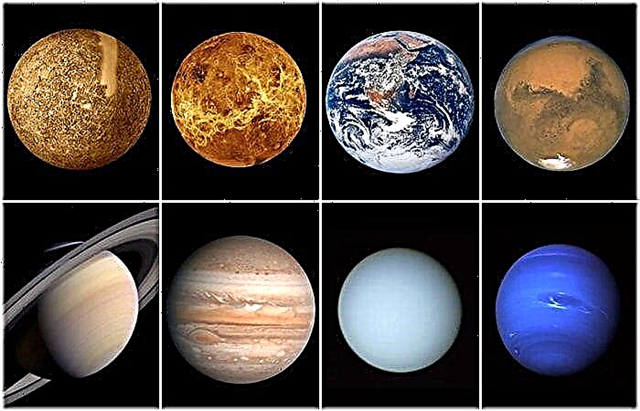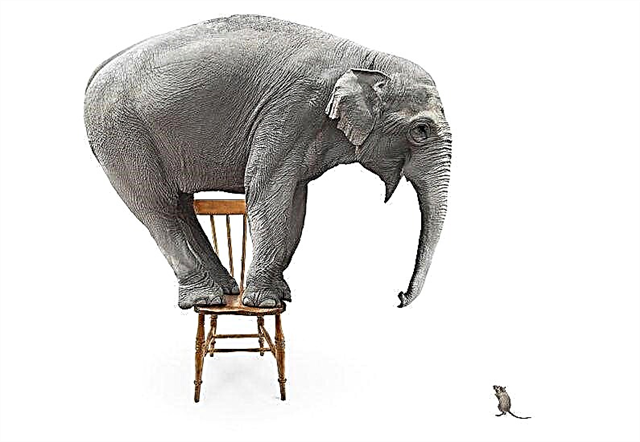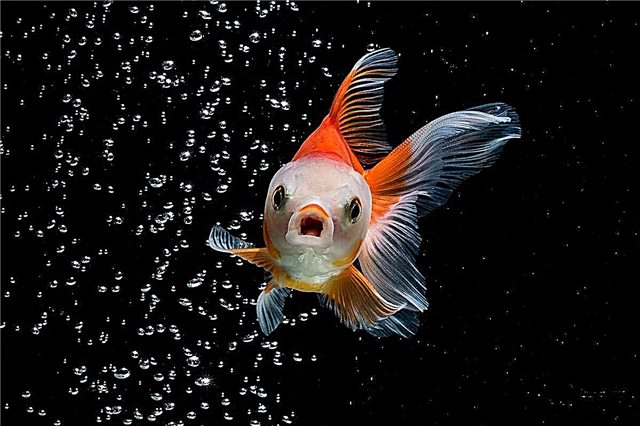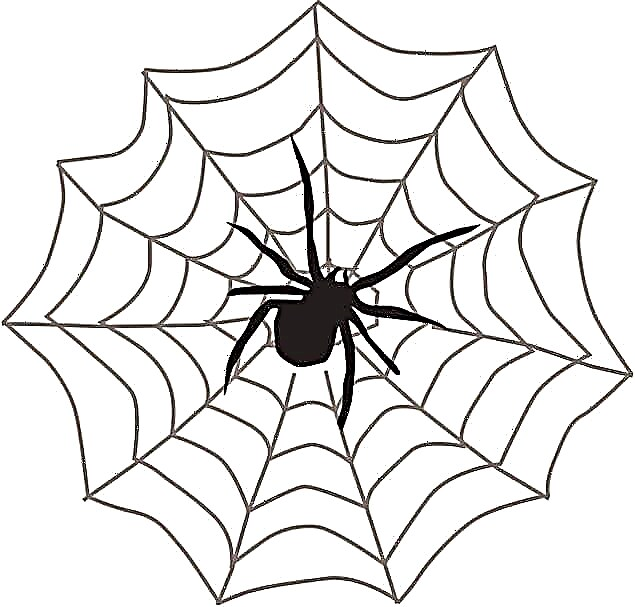
What is a snowflake?
A snowflake is a snow or ice crystal of various shapes. Snow crystals form in cold clouds high above the ground. At very high altitudes, where the temperature reaches minus 40 degrees Celsius, water vapor carried there by the wind can suddenly freeze, forming into ice crystals.
In the clouds located below, where the temperature is higher, the water freezes more slowly, after having first adhered to some particle suspended in the air. The temperature in this case, of course, should be below 0 degrees Celsius (that is, the freezing point of water).
How are snowflakes formed?
Although we think that the snow is “clean”, in fact, most snowflakes form around small particles of soil raised up by the wind. Water vapor can also freeze around smoke particles. Using very powerful microscopes, scientists were able to make out particles hidden in the core of a snowflake. When viewing a series of snow crystals found that about 3/ 4 snowflakes contained tiny clay particles in the center. So snowflakes are pieces of soil, maybe even from your garden, only covered with ice.
Interesting fact: one snowflake contains from 2 to 200 individual snow crystals.
Types of Snow Crystals

Scientists claim that snow crystals come in four basic types in shape. The simplest form is long needle crystals.All other types have six sides, that is, they are hexagonal (hexagonal). The stop signal has eight sides - it is an octagon (in Greek - octagonal).
There are snowflakes similar in shape to hollow long columns resembling a hexagonal prism, there are flat hexagonal snowflakes. And finally, there are very bizarre snowflakes, based on a six-pointed star.
What determines the shape of a snowflake?
The basic shape of a snowflake depends on the temperature at which the snowflake forms. The higher the cloud, the colder it is. Above the highest clouds, the air is rarefied and gradually passes into the eternally cold airless space of space. Tall cirrus clouds drifting at temperatures below minus 35 degrees Celsius consist of prismatic crystals that look like shiny chandelier pendants sparkling in the sun.
Crystals of various shapes are formed at different temperatures. If the temperature in the cloud ranges from minus 3 to 0 degrees Celsius, then flat hexagons are formed, from minus 5 to minus 3 degrees Celsius, needle crystals form, from minus 8 to minus 5 degrees Celsius columns are formed - prisms, from minus 12 to minus 8 degrees Celsius flat hexagons reappear, from minus 16 to minus 12 degrees Celsius the first star-shaped snowflakes appear. With a further decrease in temperature, snowflakes of all types form.
Column crystals, formed in cold clouds high above the ground at very low temperatures, fall to the ground through warmer clouds, while stars can grow at the ends.Just as the history of the journey of hailstones can be ascertained from its rings, the shape of a snowflake is a natural record of its route through different clouds with different temperatures. Each snowflake is unique, with its magnificent design, the only one in the whole world. Look at the snowflake and you will see a complex figure, where other crystals are inside one star.

As the snowflake grows, it becomes heavier and falls to the ground, while its shape changes. If a snowflake rotates like a top during a fall, then its shape is perfectly symmetrical. If it falls sideways or otherwise, then its shape will be asymmetric. Falling crystals stick together to form snow flakes. Each such large snowflake contains from 2 to 200 snow crystals.
If the air under the clouds warms up to a temperature above 0 degrees Celsius, the snowflakes can melt during the fall, then ordinary rain falls. Indeed, rain often begins with snowfall. But if the temperature at the surface of the earth is below 0 degrees Celsius, then snowflakes safely reach the earth, dressing it in white clothes. On earth, snowflakes gradually lose their graceful shape, become round, and lose their picturesqueness. Therefore, if you want to admire the snowflakes in all their glory, then collect them during a snowfall on dark matter or on a mitten.












